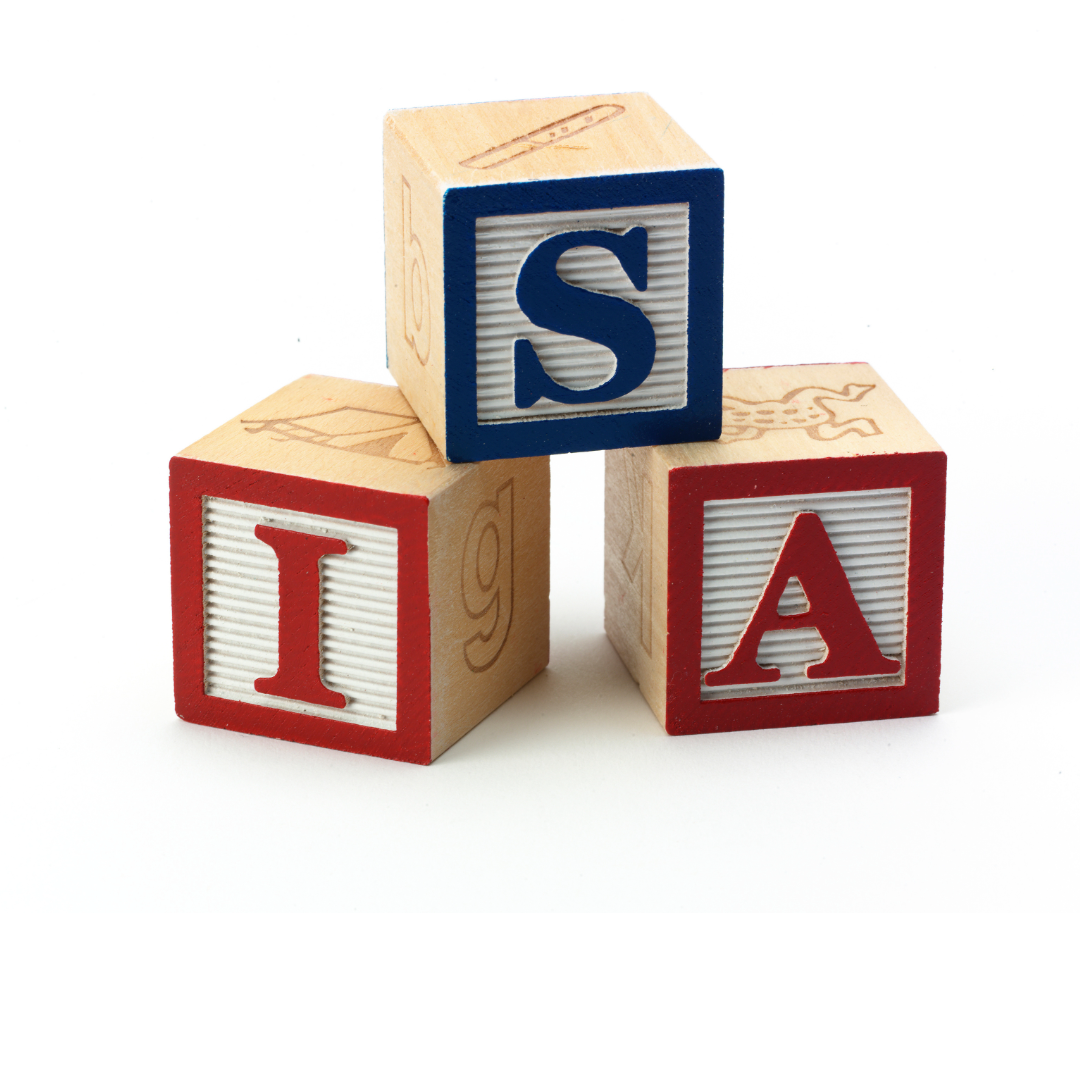
Should you go all out on ISAs?
As we say goodbye to the old tax year and hello to the new, investors and savers will most likely be considering whether to invest in ISAs and how to maximise their tax-free allowances.
The UK introduced the ever-popular Individual Savings Account (ISA) in 1999, making it the standard tax-free wrapper outside pensions. This beloved savings option recently celebrated its 25th anniversary.
What’s the vibe with ISAs?
British savers are flocking to tax-free accounts, with cash ISAs leading the charge.
Cash ISAs saw a net inflow of almost £50 billion in 2023, and this trend is expected to continue growing in 2024.
According to the Bank of England, in January and February 2024, savers deposited a whopping £ 6.1 billion, up from a net £3.8 billion last year.
Cash ISAs are the most popular by a country mile; from 2021 to 2022, 11.7 million ISAs were opened, and 7.1 million were cash accounts.
What are the different ISA options?
In 1999, at the outset, there were two types of ISA – cash and stocks and shares.
There are now seven options (lifetime, Junior, Innovative Finance, stocks and shares, and cash). Include the help-to-buy ISA (which you can still hold but no longer open) and the soon-to-be-released British ISA.
So, what’s making cash ISAs so popular with investors?
Returns on cash have been close to zero for years, but there’s been a monumental shift, with savings rates rising sharply over the last two years.
You’re now looking at interest rates of around 5%, and with inflation falling, savers can earn a positive real return on their savings.
Outside of an ISA, basic rate taxpayers can earn up to £1,000 annually in interest-free tax. For higher rate payers, this falls to £500, so the attraction is obvious with rates at around 5%.
With record sums being committed to cash ISAs in recent months, should you ignore stock market investment?
Let’s look at the backdrop;
Although savings rates won’t stay this high forever, and interest rate cuts may be slower than anticipated, barring major inflation spikes, they are headed down.
Cash ISAs are the most popular option, but if you want your money to work harder and are happy to take some risk, investing over the longer term might create a more flourishing pot.
What are the scenarios?
If you had used your full ISA allowance each year since the accounts were introduced, you would have saved £306,560. According to Vanguard, putting your money into cash savings over the same period would have given you a return of £355,592, but let’s imagine you’d opted for a global stocks index fund – your pot would now be worth £727, 357.
If you’re considering investments outside of a tax-free wrapper, you will need to consider the changes to tax regimes over the last two years.
Pension or ISA, which is better
UK British ISA Consultation open-read more here
In April 2023, the capital gains tax (CGT) annual exempt amount was reduced from £12,300 to £6,000, and on 6 April 2024, it was reduced further to £3,000!
The dividend allowance has also recently been sliced in half. Going from £1000 to £500 for the tax year 2024/25, having been cut from £2,000 to £1,000 in the year 2023/24.
Big changes in a short space of time and relatively modest increases in an investment’s value can cause investors to start incurring tax liabilities.
Which ISA is likely to deliver the best returns over the long term?
Cash ISAs are straightforward and have some certainty. If you can bear the volatility associated with investments in securities, a stocks and shares ISA could be the way forward.
With this option, your savings have the potential to rise significantly over time. However, the longer you invest, the more likely you are to ride out the peaks and troughs along the way.
All client’s circumstances are different.
Holding some cash for short-term needs and emergency expenses is a sensible strategy. However, having large amounts of cash over the longer term doesn’t make sense for the average investor. Inflation will inevitably lead to an erosion of their real wealth over time.
Important to remember.
Investing comes with greater risk, but a well-rounded portfolio can bear rich fruit in the long run. As rates fall and returns fall off, the opportunity to maximise returns over the medium to long term with a diversified portfolio is undeniable.
It is important to remember that there are significant differences in risk between holding cash and investing money. Taking advice is always the best route.
The value of investments and the income from them may go down as well as up and investors may not get back the amounts originally invested.
